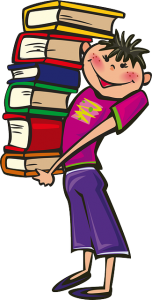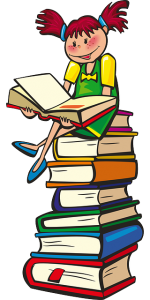Reading, Observation, & Funky Times
When we read, we are doing far more than interpreting symbols on a page. We are privileged. We are invited guests. We are peeking through windows, listening through keyholes, using context clues to figure out what’s going on in both familiar and unfamiliar environments. Our ability to put things in order, in our minds, as we read and observe a writer’s thoughts about math, history, Victorian England, Hogwarts, Narnia, cooking, movies, music, parenting, government, politics, religion, nursery rhymes, nonsense, facts, fiction. . . . anything, really, corresponds with our ability to put things in order when things are standing before us in real life. In many ways, books ARE real life, and any time we are privileged to share another person’s thoughts and opinions, we should also be analyzing environment, facts, opinions,  and actions, for all of these things, and many more, are what make up life. And life, of course, can be lived in many different ways, according to the context of the moment.
and actions, for all of these things, and many more, are what make up life. And life, of course, can be lived in many different ways, according to the context of the moment.
Readers are observers, of lives other than their own. Readers are observers, and will often see what non-readers overlook.
Did I mention that readers are observers? Let’s have a little fun with that philosophy.
Well, that was pretty cool. Let’s think about it. Okay, now let’s do it, too!
Something happened in class a few minutes ago. What was it all about? Your powers of observation are connected to your ability to understand context, and to make connections.
- What liquid did the professor pour into that cup?
- Are you sure that’s what it was? Are you SURE?
- What is the name of the student on whose head the cup was overturned?
- What is the first thing the professor said, after turning the cup upside-down on the student’s head?
- Did the overturned cup contain water?
- What else was in the overturned cup?
- If the overturned cup contained plain water, what should have happened when the pencil pierced it and was then removed?
- What does the substance in the overturned cup have to do with anything else you have learned in this class?
- Will the substance in the cup remain like that forever? How do you know?
- What did this science experiment have to do with an exercise in reading?
Now, take your sample home and see how observant your family might be. Those who are readers will usually do better than those who don’t read as much.
Science and reading and connections, oh my. . . . .





Trackbacks & Pingbacks
[…] Our Insta-Snow is a polymer, and it reacts instantly when water is added to it. Our water jelly crystals are also polymers, and while they react more slowly than Insta-Snow, it still doesn’t take very long for them to turn into beautiful “gems.” Our Water Gel, which is one of my very favorite polymers, also reacts quickly, and in a different way than our usual showstoppin’ polymers. The potential for practical jokes is definitely there. […]
Leave a Reply
Want to join the discussion?Feel free to contribute!